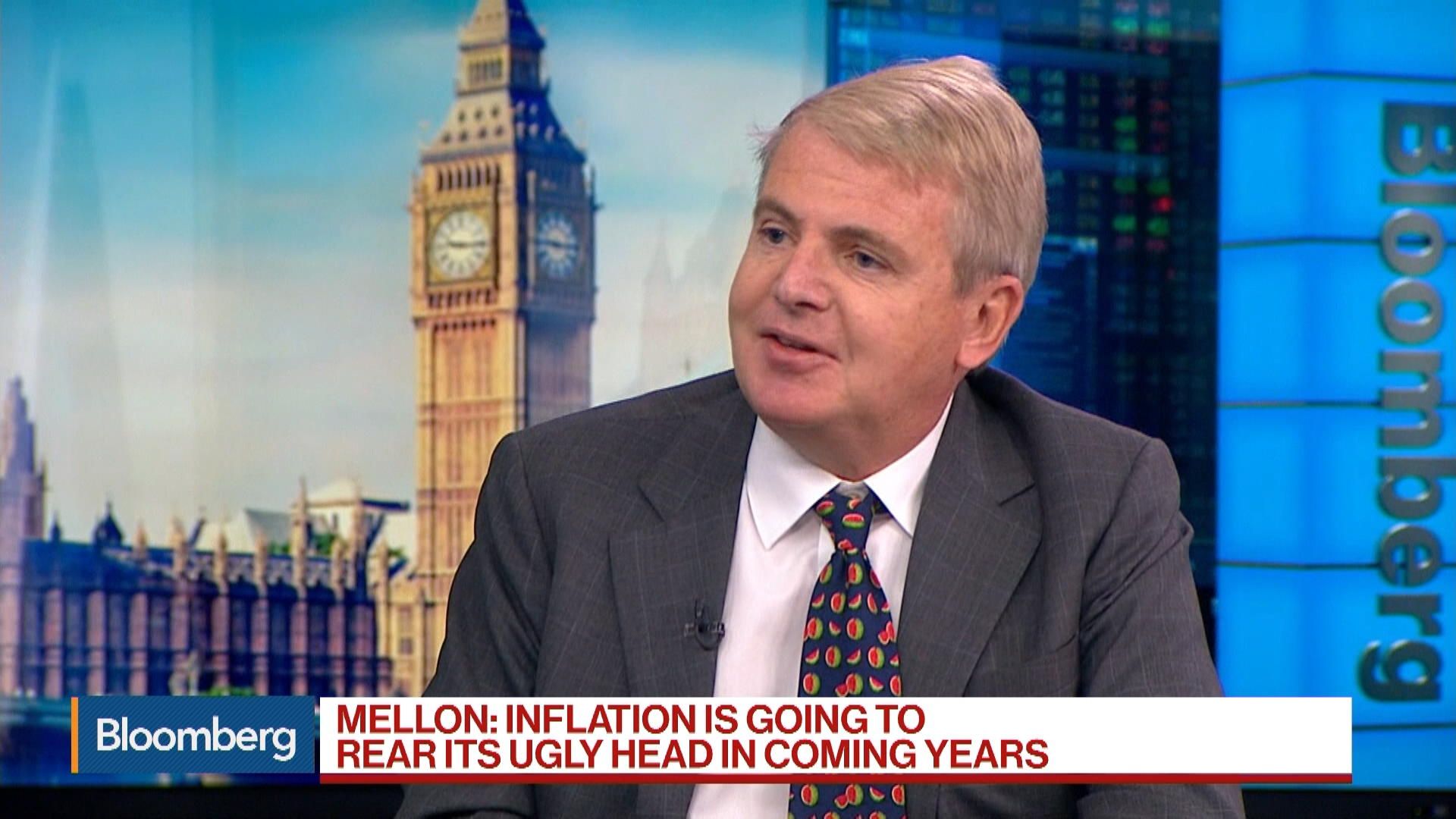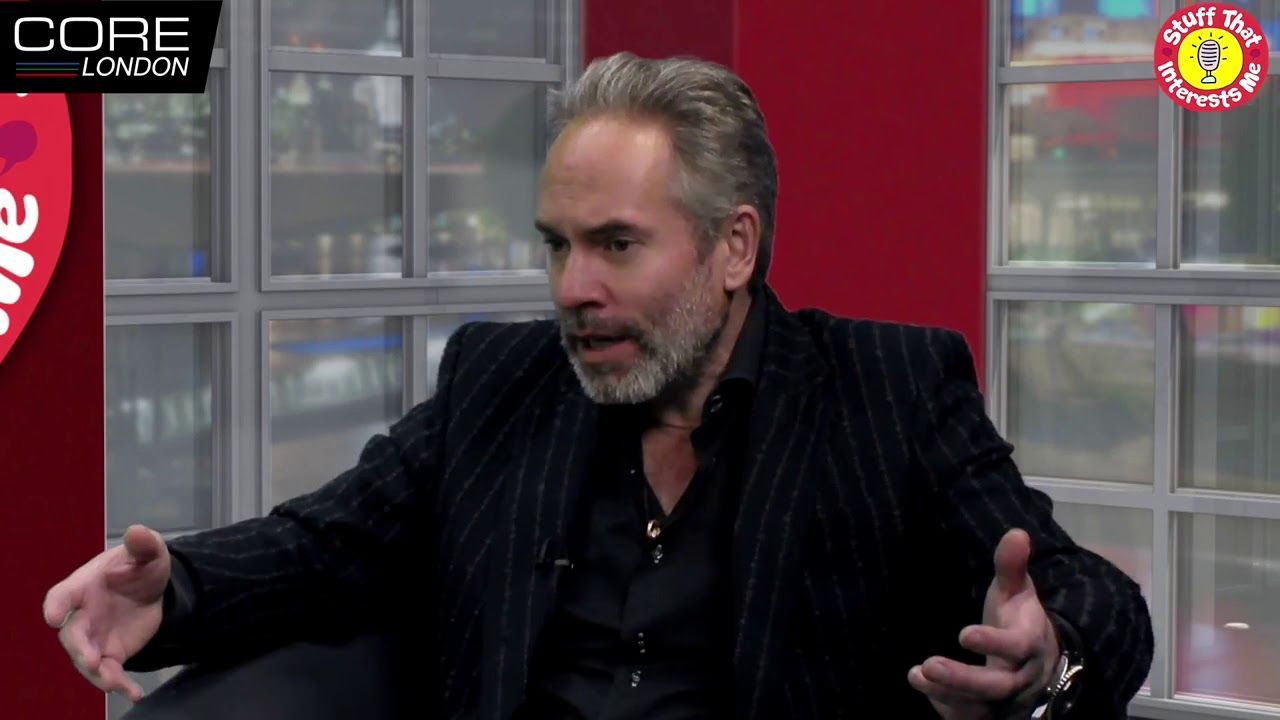Business and Longevity…
Jim Mellon, Burnbrae Group founder, discussed the biggest risks facing central banks with Bloomberg’s Francine Lacqua Oct. 4 on “Bloomberg Surveillance.” (Source: Bloomberg)


Whenever the topic of increasing human lifespan is discussed the concern is sometimes raised that a longer life would mean a life spent frail and decrepit. This is sometimes known as the Tithonus error and shows a fundamental misunderstanding of the aims of rejuvenation biotechnology. The concern is based on the ancient Greek myth of Tithonus which might be thought of as a cautionary tale warning seekers of an eternal life of its alleged inherent dangers.
The myth of Tithonus in brief
Tithonus, the story goes, was a mere mortal who was in love with Eos, the beautiful titan of the dawn. His feelings were requited, but, unfortunately, their idyll was not destined to last. Being a titan, Eos was also a deity and thus immortal, unlike Tithonus, who one day would die of old age if not of some other cause. Eos thus turned to Zeus and asked him to make Tithonus immortal as well. Zeus granted Eos’ wish, but even this did not solve the two lovers’ problem; the father of the gods had granted Tithonus immortality, not eternal youth.

As we age, the thymus begins to shrink, and fewer numbers of T cells are created and trained to fight. This structural decay of the thymus is one of the main reasons why we become increasingly vulnerable to infectious diseases, such as influenza and pneumonia. The other reason is immune cells becoming senescent.
So, what can we do about it? Check out our new exclusive interview and find out.

As we age, the thymus begins to shrink, and fewer numbers of T cells are created and trained to fight. This structural decay of the thymus is one of the main reasons why we become increasingly vulnerable to infectious diseases, such as influenza and pneumonia. The other reason is immune cells becoming senescent.
There are a number of possible solutions to this problem. Firstly, engineering new healthy and youthful thymic tissue might help to restore the immune system, and indeed a number of groups are working towards this.
Secondly, some researchers are focused on encouraging the aged thymus to regrow using various approaches, such as stem cell transplants, cellular reprogramming or chemical compounds. Dr. Greg Fahy is involved in researching this second approach, and we had the opportunity to speak to him about this work.

For this new book, Jim and Al have spent a year sifting through the cutting-edge research, visiting laboratories and interviewing key opinion leaders in the field of life extension. https://www.juvenescence-book.com/
My guest today on Stuff That Interests Me is one of Britain’s most successful investors, Jim Mellon.
You’re going to live till your 120.
Jim explains why — a combination of new drugs, technologies and lifestyles. What are you going to do with all your time?
The next great investment trend will be around the fact that we are all going to love a lot longer. Find out more in the this fascinating interview.
Juvenescence — Investing in the Age of Longevity is available from all good bookstores and at https://www.juvenescence-book.com/


By treating one of the root causes of aging – senescent cells – a new class of drugs, known as senolytics, has the potential to treat a wide range of age-related diseases rather than the traditional approach of dealing with them one at a time.
Today we are going to take a look at what senescent cells are, how they contribute to age-related diseases and a new review by the Mayo Clinic that shows what we can do about this problem. We all age, but the research suggests that we may not have to suffer from age-related ill health.

A great initiative by Laura Katrin Weston one of our amazing volunteers. She is supporting research fundraising using the wonderful artwork she produces at Black Cat Studios.
Black Cat Studios is a small private recording, music production and art studio in Leicestershire, UK, providing a range of services for musicians, broadcasters, and game developers. It is really great to see the community starting to use their talents and passions outside of longevity to help support research. All proceeds will go to Lifespan.io and we will use them to support cutting-edge medical research projects such as MouseAge.
Laura will be producing artwork based on 31 themes all with a longevity or transhumanist flavor to them based on this list:

Leading women’s magazine Marie Claire has a feature story on life extension out this month (approx 1.5 million circulation):
Forget about life after death. More and more, women around the country are seeking another kind of miracle: not dying at all.
What if you could hit the pause button on aging? Live to 120 without feeling a day over 80? More radical still, what if you could cheat death? Would you do it?
“Life extensionists” would. That’s the name modern immortality seekers now go by, and devotees range from those who’d like to live healthier lives into old age to the more extreme, who ardently believe that humans can, and should, overcome death the same way we’ve overcome, say, smallpox or tooth decay.
Life expectancy for women in the United States has risen steadily from 73 in the 1960s to 81 today, with those numbers continuing to increase thanks to a combination of biology and higher standards of living (not to mention the over 1,000 geneticists and biologists working in the longevity field). But life extensionists want more. They want to be cognitively and physically healthy for decades, if not centuries.
